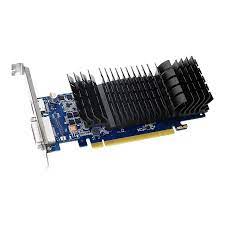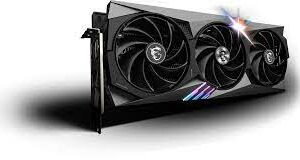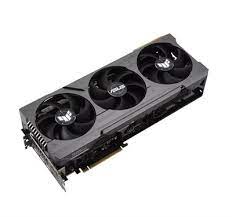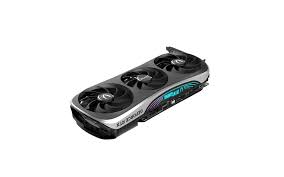Based on NVIDIA’s Pascal architecture, the ASUS GeForce GT 1030 Low-Profile Graphics Card provides major improvements in performance, memory bandwidth, and power efficiency over its predecessor, the high-performance Maxwell architecture.
The front panel of the card features a variety of outputs. There is an HDMI 2.0b output and a DVI-D output. The GT 1030 is not just about high-resolution gaming. Computationally intensive programs can utilize the GPU’s 384 cores to accelerate tasks using CUDA or other APIs.
For cooling, ASUS implemented a passive heatsink.
CUDA
With CUDA, NVIDIA allows applications to hand off CPU-intensive tasks to the GPU. Your GPU is no longer just used for rendering graphics, but it can provide teraflops of floating point performance and accelerate application tasks, from real-time video rendering to fluid dynamics simulation. CUDA is used in many applications and games.
NVIDIA GPU Boost 3.0
Boosts the card’s clock speed in real-time based on the target temperature. If the card is running below the set target temperature, GPU Boost 3.0 will increase the clock speed to improve performance. The target temperature can be reset depending on your preference so you can have the card run more quietly for everyday tasks and older games, and run at full tilt during intense high-resolution gaming sequences.
 04 3550600
04 3550600 052 7036860
052 7036860






There are no reviews yet.